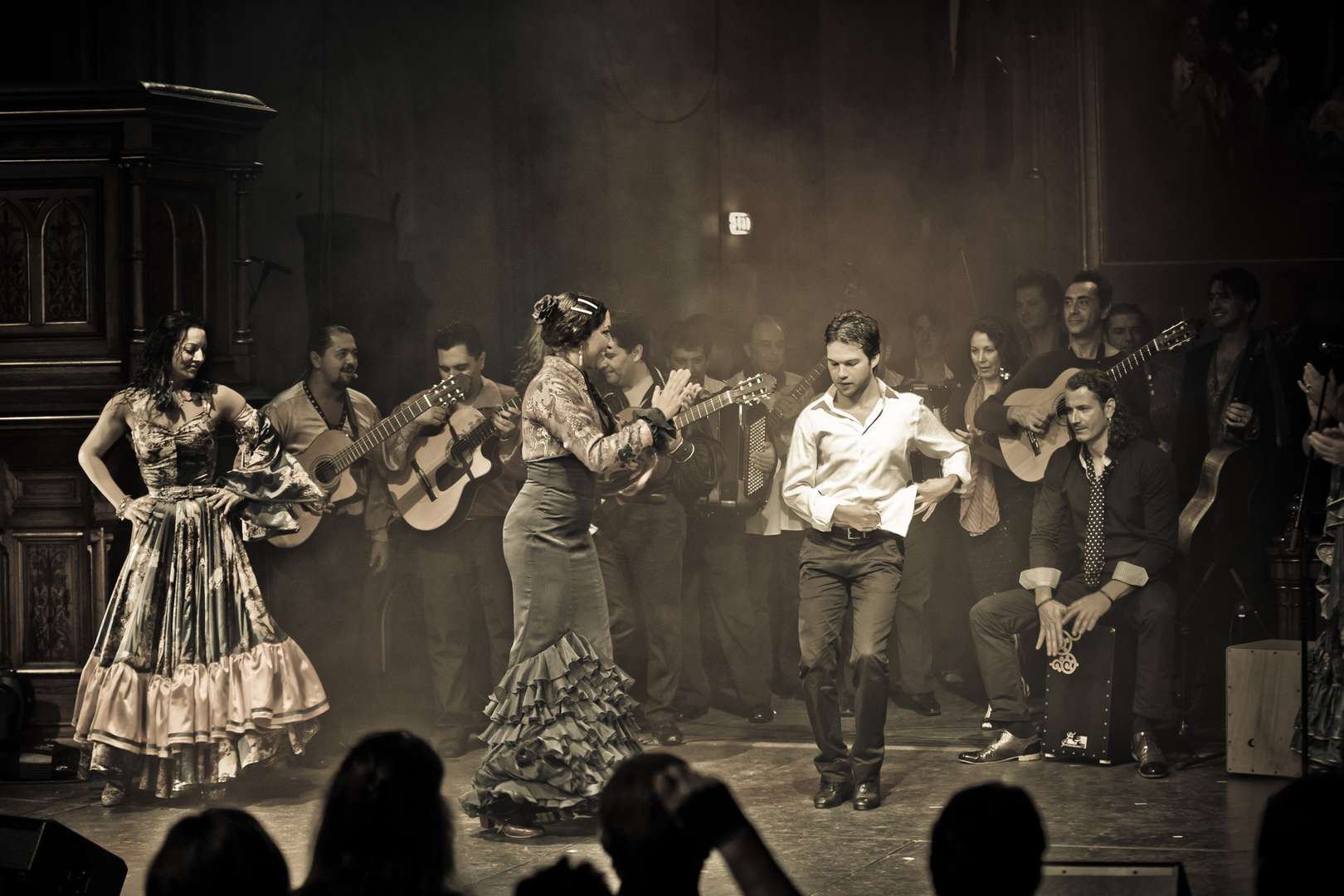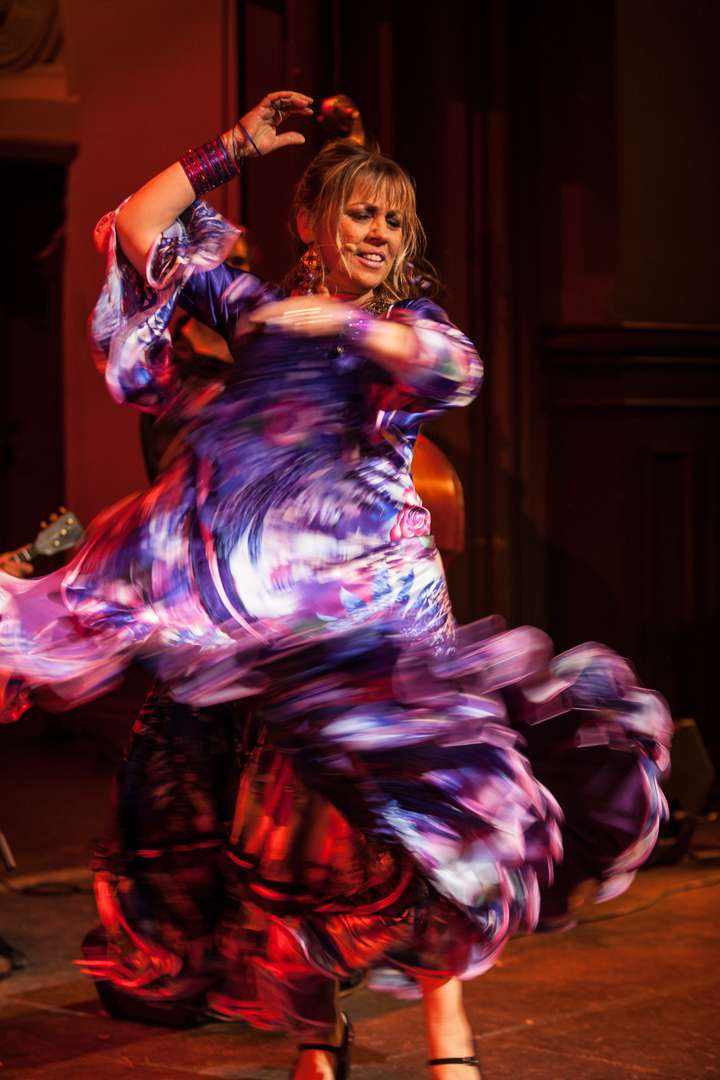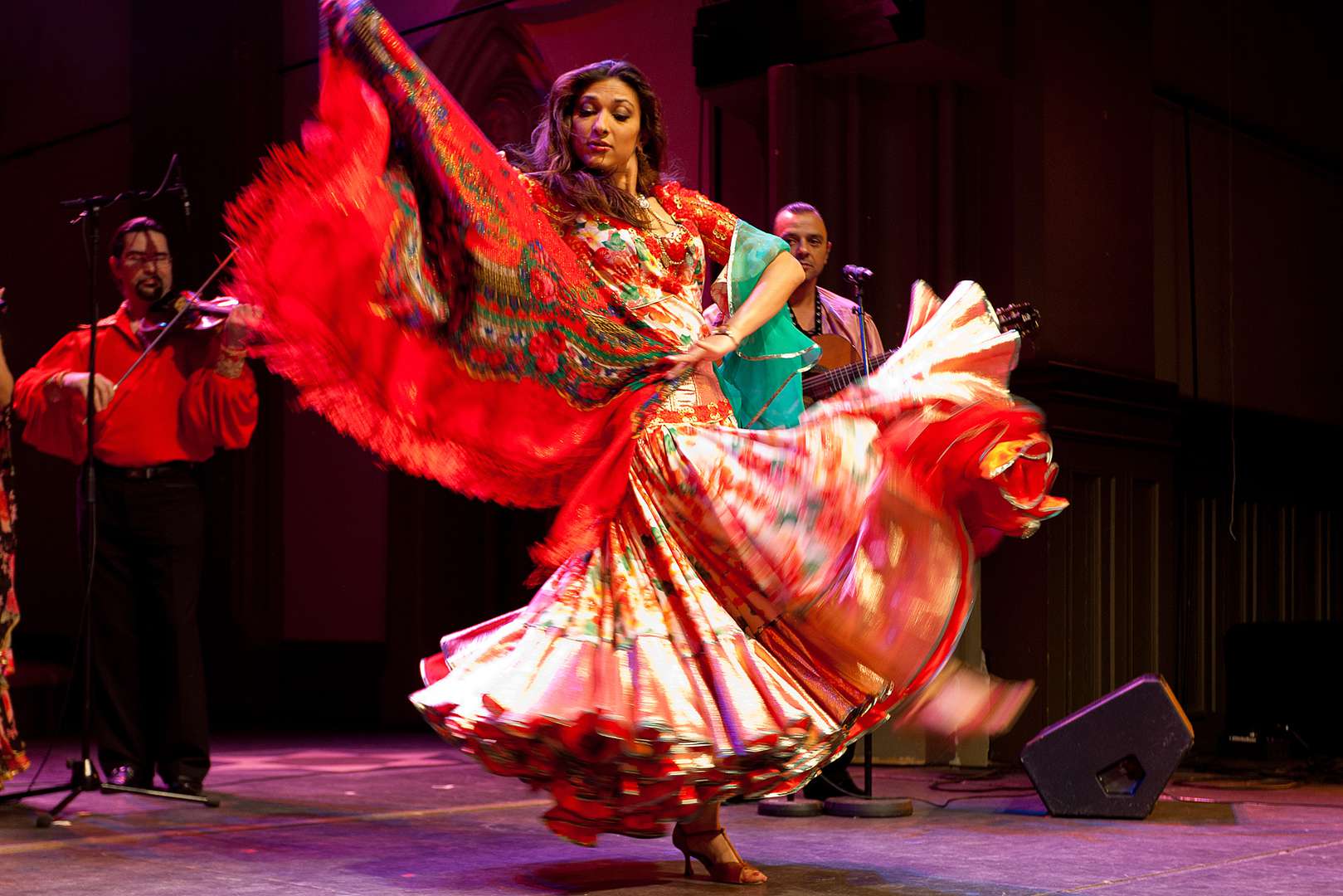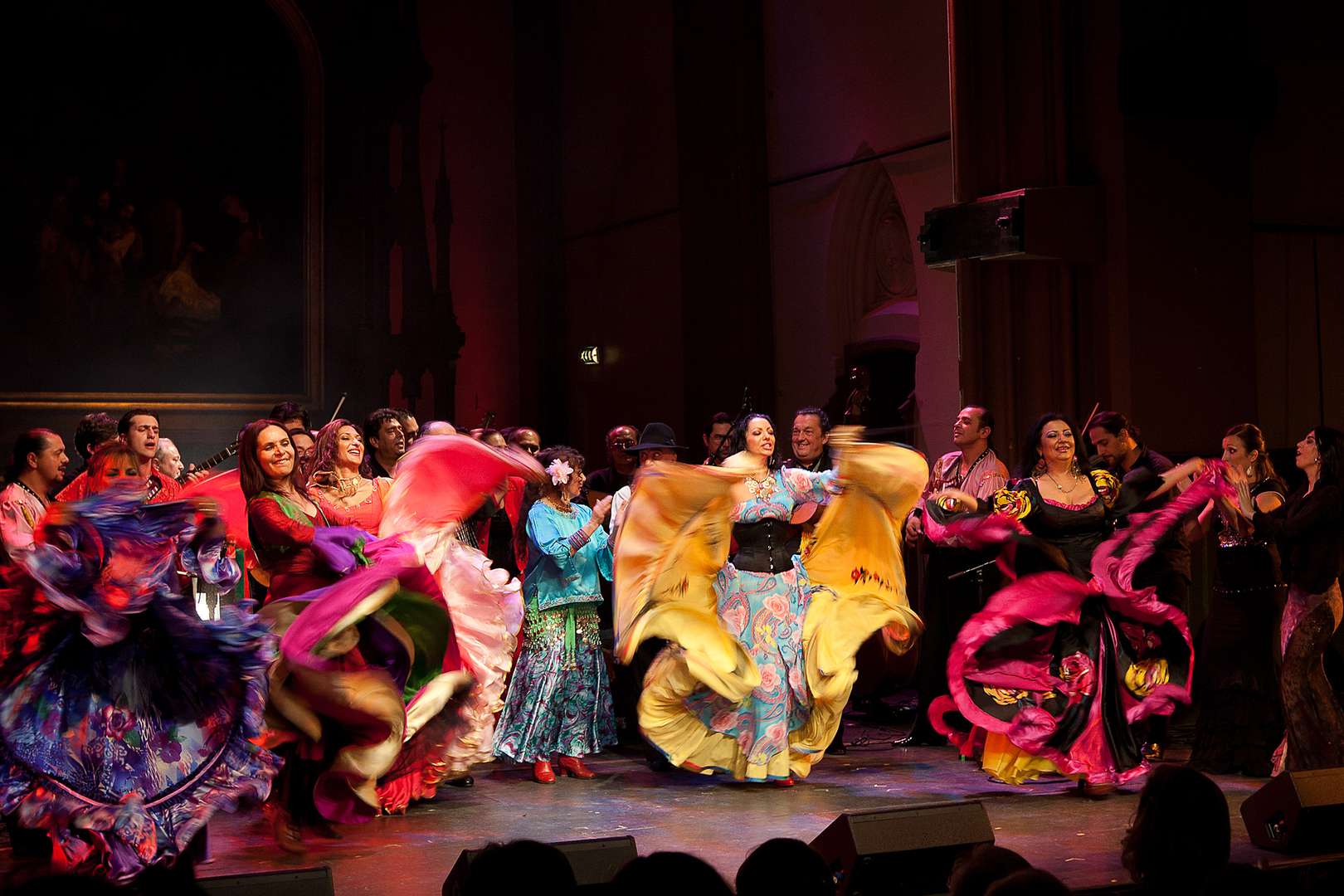Khamoro Festival (Prague, Czech Republic)
Khamoro (which means ‘sun’ in the Romani language) is the largest and most famous festival in the world featuring professional Romani artists. The festival, which since 1999 has been organised by the Prague-based non-governmental organisation Slovo 21, regularly features unique concerts in which Romani groups and bands from all over the world take part. It also includes exhibitions, film events, dance workshops as well as specialist seminars and conferences exploring Romani themes. But the cornerstone of the festival is without doubt Romani music, which is an important part of the world's cultural heritage. Nearly 140,000 people from the Czech Republic and elsewhere have attended the Khamoro Festival in recent years; indeed, from the very beginning, the festival attracted visitors from outside the Czech Republic, including from the US, Canada and South Africa.
Over the past couple of decades or so, the festival has brought the best of Romani culture to Prague every year in the last week of May. Khamoro has established itself not just as the celebration of one community but as a social cultural event for both Roma and non-Roma alike: on the dance stages and in the halls, people of every nationality, ethnicity and age group come together to enjoy themselves.
Since it was established in 1999, the Khamoro Festival has hosted more than 160 professional Romani bands from more than forty countries around the world. Over the years, it has enjoyed the support of many famous Czech figures, such as Václav Havel, Petr Pithart, Libuše Benešová and Ramiro Cibrian.









